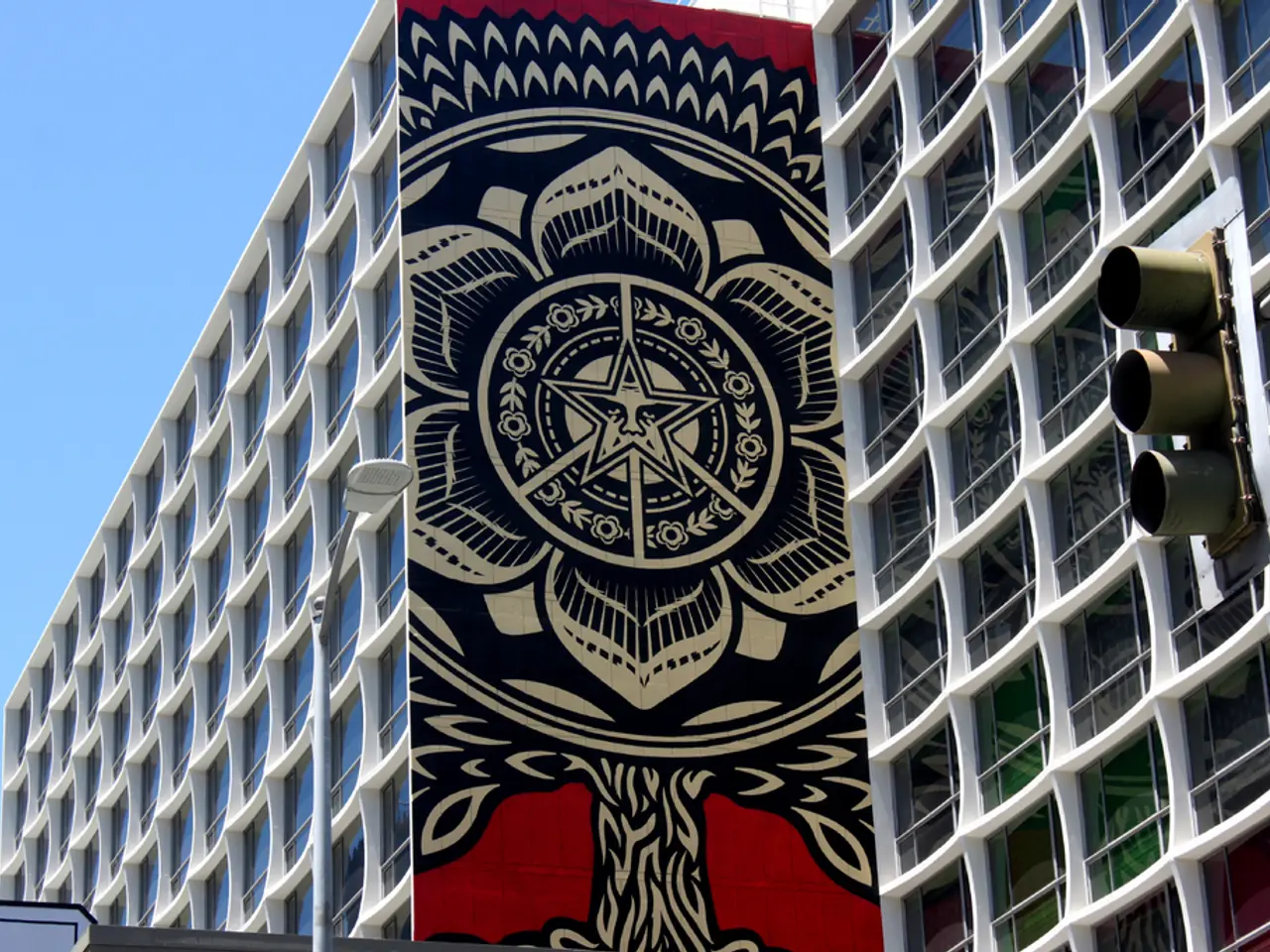national portrait gallery director avoids dismissal thanks to intervention by Chief Justice John Roberts
The Smithsonian Institution, a renowned museum complex and research organisation based in Washington, D.C., has been at the centre of a controversy surrounding the leadership of its National Portrait Gallery.
Kim Sajet, the former director of the gallery, resigned from her post after coming under pressure from President Donald Trump. Trump, in a public post, accused Sajet of being a highly partisan individual and a strong supporter of DEI, and announced her firing.
However, the Smithsonian Board of Regents, led publicly by Chief Justice John G. Roberts Jr., who is also the chancellor of the Smithsonian Institution, asserted that only they had the exclusive right to hire and fire the director. This stance was taken in response to Trump's demands, implying a governance matter rather than a direct intervention by Roberts to prevent Sajet's dismissal.
The board's assertion came as part of a resolution that promised to give museum directors reasonable time to ensure unbiased content and report back on progress and personnel changes. Sajet resigned shortly after this resolution was issued, stating her decision was a difficult but principled one to serve the institution's best interest.
The controversy surrounding Sajet's leadership began when a portrait of a trans woman posing as the Statue of Liberty was removed from an exhibition at the National Portrait Gallery. This decision led to questions about whether Trump had the legal authority to make such a decision regarding Sajet's resignation.
Amy Sherald, the artist behind the portrait, pulled the National Portrait Gallery's planned mid-career survey last week, citing a request to remove the portrait of the trans woman from the exhibition. The portrait's removal and the subsequent controversy sparked a debate about the institution's commitment to diversity and inclusion.
Carlos Gimenez, a Republican Representative from Florida and a member of the Smithsonian board, demanded that the institution follow Trump's orders regarding Sajet's firing. However, Chief Justice Roberts reportedly responded to Gimenez's demand with "We already have a motion on the floor."
The Smithsonian Institution, as a public institution, has faced scrutiny over its leadership, specifically Sajet's leadership at the National Portrait Gallery. The controversy underscores the delicate balance between artistic freedom and political pressure in shaping the narrative of a prestigious institution like the Smithsonian.
[1] The New York Times [2] The Washington Post
[1] The ongoing dispute over the leadership of the National Portrait Gallery at the Smithsonian Institution has been the focus of news outlets such as The New York Times. [2] The Washington Post reported on the debate concerning the institution's commitment to diversity and inclusion, sparked by the removal of a controversial artwork from its gallery. [1] The newspaper also highlighted the legal implications of President Trump's attempts to influence the dismissal of the gallery's director, Kim Sajet. [2] The Washington Post also covered the response of the Smithsonian Board of Regents, led by Chief Justice John G. Roberts Jr., in asserting their exclusive right to hire and fire directors, as well as the ensuing controversy surrounding the institution's art policies and legislation. [1] While the controversy has exposed the delicate balance of artistic freedom and political pressure, it has also opened a discussion about the role of politics in policy-and-legislation at prominent museums and exhibitions, such as the Smithsonian Institution.







